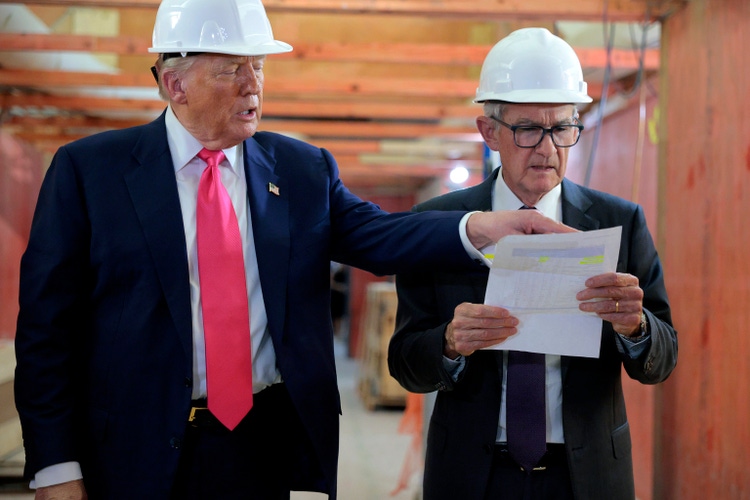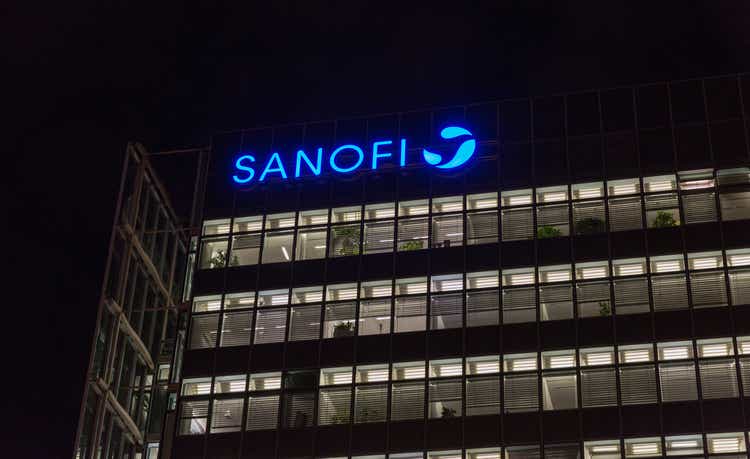Good morning. In times of uncertainty, CFOs prioritize resilience.
That’s what Stephen Philipson, vice chair and head of wealth, corporate, commercial, and institutional banking at U.S. Bank, told me he’s hearing from finance chiefs. “Our CFO clients are cautious, but they’re not standing still.” Overall, CFOs are focused on optimizing liquidity, managing risk, and maintaining optionality in the current environment, he said.
“We’re seeing solid financing demand from companies for both upcoming liquidity needs and long-term growth drivers,” Philipson explained. In addition, there’s a noticeable uptick in working capital finance, which reflects a proactive stance on cash flow management.
Research points to trade policy and tariffs remaining a top concern for CFOs. But Philipson said much of their cautiousness is driven by three main issues: heightened anxiety around the tariffs, a weaker dollar, and rising working capital needs.
U.S.-based importers are facing higher costs due to the weakening dollar and new tariffs, prompting firms to seek more financing and unlock idle cash to meet rising working capital demands, he said.
Meanwhile, foreign exchange (FX) risk management is front and center. For example, he’s seeing more use of collars (an options strategy that protects against large losses) to hedge downside risk while preserving upside potential. “And many firms are shifting to pay foreign vendors in local currencies to meet supplier demands and reduce costs,” Philipson noted.
There’s also an uptick in receivables finance and supply chain finance usage. These tools help firms hold cash longer while enabling suppliers to get paid faster, he said.
“It’s been interesting to observe how middle-market firms are stepping up their risk-management efforts this year,” he said. Middle-market firms are increasingly looking to proactively mitigate risks like interest rates and FX, while large corporations—with robust treasury operations—continue to deploy hedging tools.
When asked about the M&A outlook, Philipson said momentum is building as we move into the second half of the year. “The bank loan and bond markets are offering attractive conditions, with credit spreads near historical tights,” he said. This indicates that investors see little extra risk in corporate debt, keeping borrowing costs low for companies.
“We’re seeing more mid-tier deals—larger than tuck-ins but not fully transformational—as companies grow more comfortable with policy and market dynamics,” Philipson said.
He continued, “We expect M&A activity to continue picking up as companies get increasingly comfortable with ‘certainty around continued uncertainty’—the idea that macro headlines are likely to persist and must be part of the calculus around strategic decisions.”
Sheryl Estrada
sheryl.estrada@fortune.com
This story was originally featured on Fortune.com

 3 hours ago
1
3 hours ago
1















 English (US) ·
English (US) ·